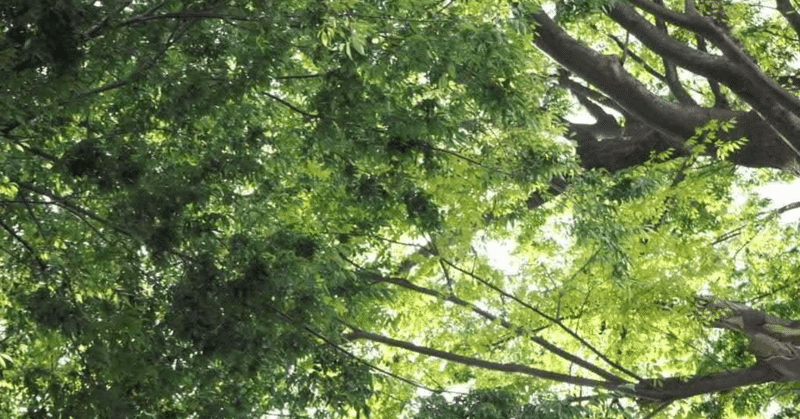
欅のグリーンベルト:2024年4月10日(水)
京都市の堀川通り寺之内あたりの中央分離帯には,銀杏並木が植林されており,堀川通り北大路よりも上がったところでは,欅(けやき)が植林されている。この中央分離帯の色が,春先から初夏に掛けて俄かに緑色で色づいたグリーンベルトとなり,秋には銀杏の葉によって鮮やかな黄色のカーペットが敷かれたように見える。
昨年は,3月下旬に欅並木の緑色が日に日に濃くなる模様を記したが,今年は4月上旬が過ぎた今日になって,漸く銀杏の葉や欅の葉が芽吹いてきた。日本の自然風景は,こうした四季折々の自然の変化が,規則正しく連なり,一年の月日の流れを紡ぐことで美しいと言われてきた。
自然の再生のチカラが保持されるような環境を守ることが,私たちの重要な役割である。
Keyaki Green Belt:April 10 (Wednesday)
In the central median strip around Teranouchi on Horikawa Street in Kyoto City, Icho trees are planted, and above Kitaoji Street on Horikawa Street, keyaki (zelkova) trees are planted. This central median strip turns into a green belt, suddenly becoming green from early spring to early summer, and in autumn, it looks like a vivid yellow carpet is laid out by the Icho leaves.
Last year, I described how the green of the keyaki trees gradually deepened day by day at the end of March, but this year, it's already past early April, and finally, the leaves of the Icho and keyaki trees have begun to bud. Japan's natural landscapes are said to be beautiful because such seasonal changes of nature occur in a regular sequence, weaving the passage of the year.
Protecting environments where the power of natural regeneration is maintained is our important role.
